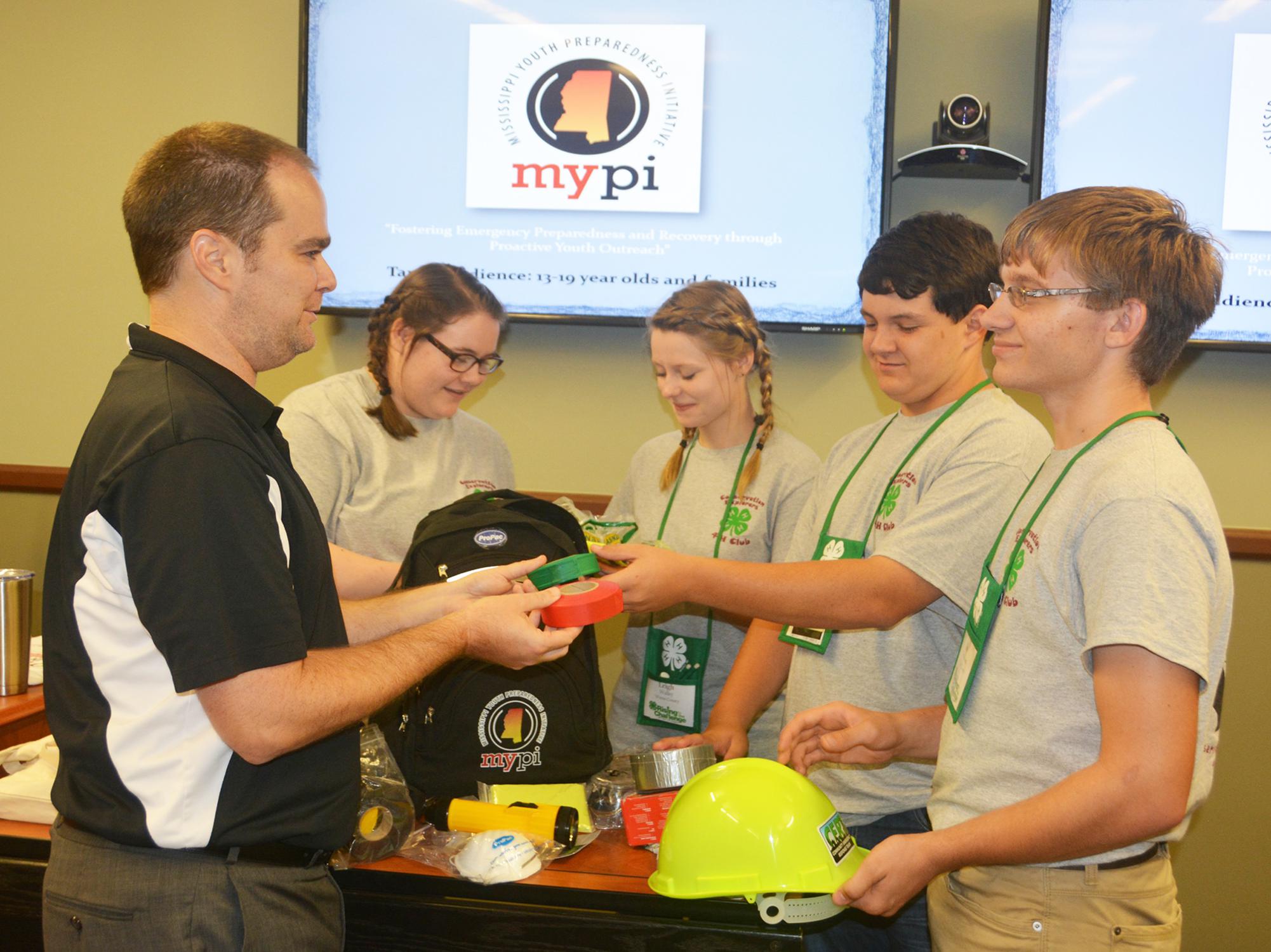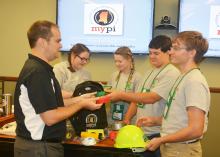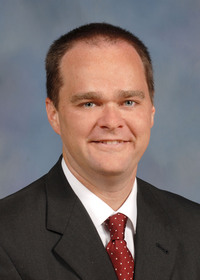Information Possibly Outdated
The information presented on this page was originally released on June 2, 2017. It may not be outdated, but please search our site for more current information. If you plan to quote or reference this information in a publication, please check with the Extension specialist or author before proceeding.
Historic disasters motivate Mississippians to prepare
STARKVILLE, Miss. -- June kicks off hurricane season, but every community in Mississippi is vulnerable to a variety of disasters throughout the calendar year.
Representatives of the Mississippi State University Extension Service have been on the front lines of preparedness and recovery efforts since the organization’s earliest days.
“Today, we put a lot of effort into preparing residents for disasters, anything that could interrupt power, water, or access to food or transportation,” said Anne Howard Hilbun, an instructor with the MSU Extension Center for Government and Community Development. “The way people respond to a disaster impacts safety, health and economic well-being.”
While seeking family history information, Hilbun discovered an Extension document from September 1927, the year of the historic Mississippi Delta Flood.
“The circular stated that our Extension director happened to be in the Delta when the levee broke on April 21, 1927. When he returned to campus, he immediately started organizing agents to respond to the disaster,” Hilbun said. “We established daily communication with the agents in the flooded counties. One of the big things we did was purchase 30 train cars (750 tons) of cottonseed for replanting fields. This would have been important in the recovery process.”
Following hurricanes, tornadoes and other disasters, Extension agents assist in agricultural damage assessments. Teams document property losses, including residences, barns, poultry houses, equipment, fences, poultry and animals. They submit their reports to the Mississippi Emergency Management Agency.
“Hurricane Katrina was a reminder that disasters can get worse than their predecessors, and we should never assume the same plans will work every time,” Hilbun said. “For years, people had assumed Hurricane Camille was as bad as it could get. Since Katrina, Extension has worked hard to prepare communities for any disasters that could hit.”
Hilbun said Mississippi has reeled from many natural disasters in the last several decades.
“Tornadoes, ice storms and hurricanes have all caused catastrophic losses of life and damage to the state’s economy in the past,” she said. “Our goal is to minimize the losses disasters can cause to any household or community.”
Ryan Akers, an assistant Extension professor in the MSU School of Human Sciences, is coordinating initiatives to help young people prepare themselves, their families and their communities for disasters.
“We begin with the Pillowcase Project developed by the American Red Cross to help 8- to 10-year-olds prepare for disasters, and then we progress to the Ready in the Middle project that targets 11- and 12-year-olds,” he said. “Our flagship program is the Mississippi Youth Preparedness Initiative, or MyPI, which is for teenagers. It uses curricula based on Community Emergency Response Training programs, with several additions for teens.”
MyPI includes CPR and defibrillator training and a technology track. Participants also explore career options.
“MyPI capitalizes on the 4-H concept of educating young people who, in turn, teach their families and others,” Akers said. “The initiative includes an assignment for participants to develop preparedness kits for their family and to guide six additional families to develop disaster kits. This provides a multiplying benefit for communities. A class of 24 students could reach up to 168 families that would be better prepared for a disaster or emergency.”
In addition to educational programs, Extension also has numerous publications online to assist with disaster preparedness and recovery. Search for specific topics at http://extension.msstate.edu/publications/.







